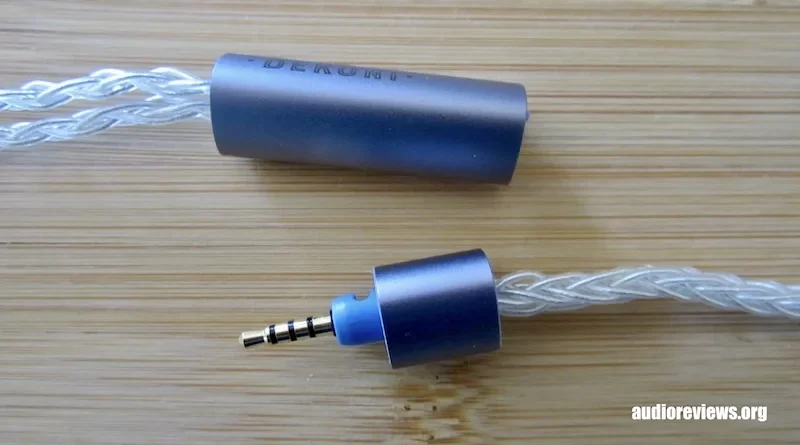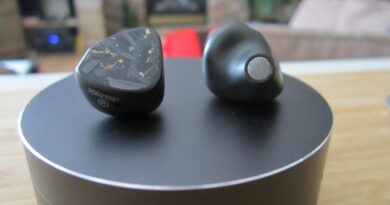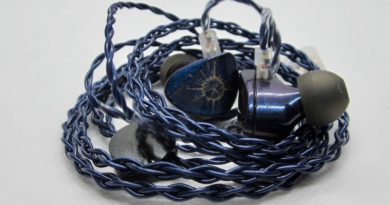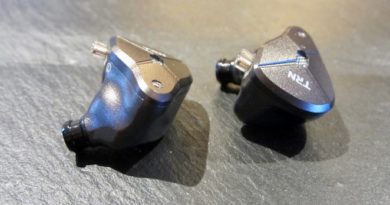DEKONI Ensemble Headphone Cable REVIEW (2) – Mix And Match
The $79.99 Dekoni Ensemble Cable was provided by Jackrabbit Media for my review and I thank them for that. You can get it here.
We all know DEKONI AUDIO from their popular earpads for all major headphone brands. Even we could not escape them and have reviewed a few of them. The New Jersey company also offers eartips, a headphone, and a few more accessories. Their latest addition is headphone cables of the modular kind, called “Ensemble Cables” that consists of two parts. The idea is to mix and match a longer part (with a selection of headphone jack) with a shorter Y-splitter part that fits the different headphone sockets.
In the good old days, the headphone jack you plugged into your 1970s stereo amplifier was 6.3 mm. With the advent of the Walkman in the late 1970s, you needed a 3.5 mm adapter. When dedicated headphone amplifiers with balanced circuits became popular, audiophiles preferred the XLR plug, which is currently being replaced by the 4.4 mm plug. This means your headphone cable’s wire structure has to be laid out for balanced. Confused?
On the other end of the cable, headphones are connected to one or both earcups, and with different standards. Statistically, you have countless combinations of both ends so that modular designs make sense: you need to purchase less gear…which saves money…in theory.
However, in order to make modular cables work for audiophiles with many different headphones, ideally, all possible connectors on both end must be offered.
DEKONI AUDIO offer two principle cable types:
- A rugged, durable nylon jacket (no wire material and wire structure given)
- A more premium 8 strand silver-plated copper with “enhanced conductivity and clarity, ideal for audiophiles seeking high-resolution sound
I received the 8 strand silver cable for my review. DEKONI offer some kind of a cable builder: you click your way through until you have chosen the perfect modular design for your purpose. When selecting this type on the DEKONI AUDIO website, you start with the choice between 52″ and 64″ cable length.
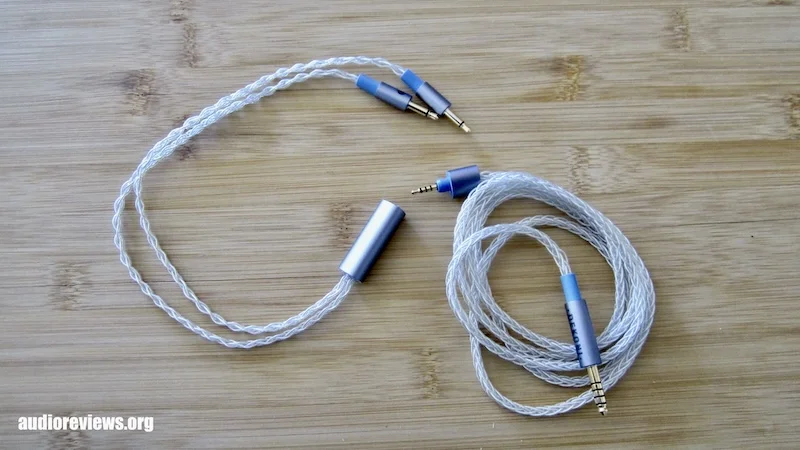
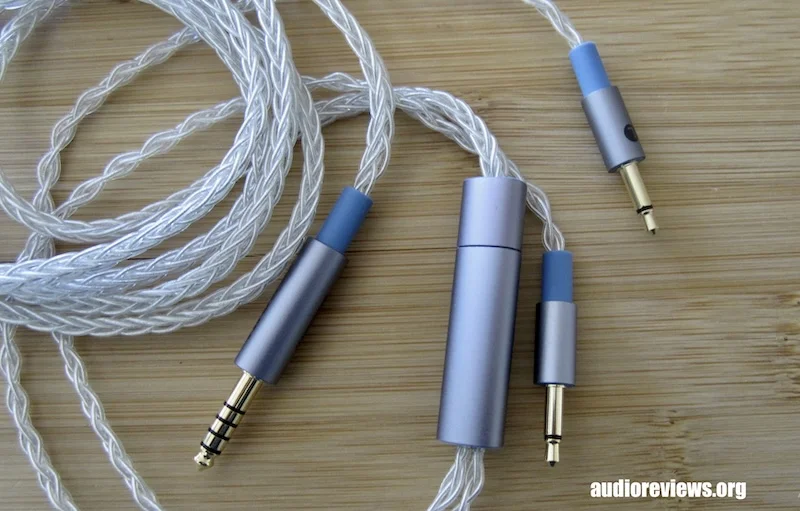
Next, you choose your headphone jack. Choices are 6.35 mm (1/4″) unbalanced (=single-ended) or 4.4 mm balanced. This means the cable is laid out for balanced, obviously.

Lastly, you select your headphone connector. Choose between HD 600, 3.5 mm TS (.e.g. Meze), and Mini XLR (Audeze, Fostex, ZMF). What’s missing is, for example, the 2.5 mm locking mechanism for the recent Sennheiser models (e.g. HD 505, HD 550, HD 620).
Finally, you arrive at the checkout. The 4.4 mm 52″ braided cable with 3.5 mm headphone connector (for my Meze 105 AER) is $79.99 before tax. In fact, that’s the standard price for all cables. You can skip that cable builder and select from a list of all available combinations and also purchase individual modules for $39.99.
To the cable itself. All connectors are of very good quality, the plugs have robust strain reliefs. The cable itself is very pliable and has no microphonics. It is light and drapes well. The jacket is of soft PVC and therefore dirt repellent. I measured a total length of 161 cm, when plugged in. The headphone module is 33 cm long, the main cable is 128 cm long (when connected and plugged in). Now convert this into imperial yourself.
As to sound. It would have been nice if DEKONI AUDIO had given us a bit more info on the wire structure and wire material, but, to their relief, most other manufacturers are not more revealing. I tested the cable in a balanced version with a 4.4 mm plug with the Meze105 AER headphone, but cannot fairly compare it to stock, which is a single-ended cable with a 3.5 mm plug.
All I can say that the Meze 10 AER sounded great with the DEKONI cable and the Questyle CMA TWELVE MASTER so that I give it to them that their cable is of good internal quality, too. Whether it is better than any given stock cable I cannot tell, but it looks and feels certainly fancier than most.
In summary, you have to do the maths, if you have the right headphone types and the price is right for you. If you want to get an another qualified opinion and some more info on the second kind of the Ensemble Cable, check out Alberto’s article.
Until next time…keep on listening!

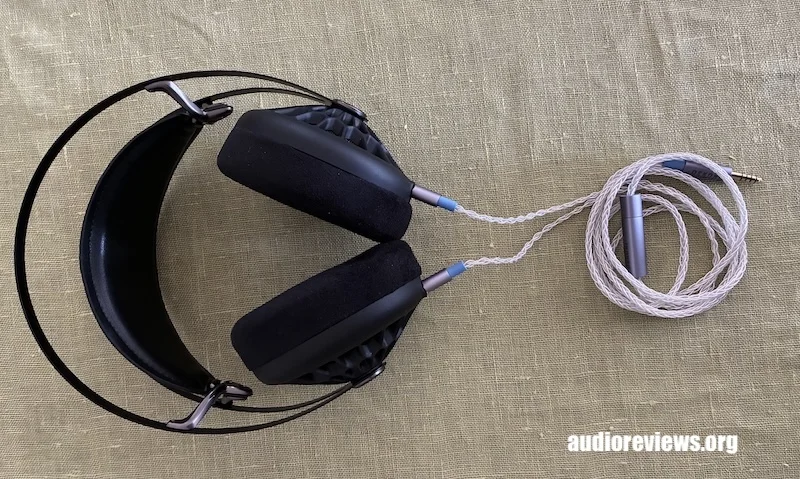
Disclaimer DISCLAIMER
Get it from XXX Store
Our generic standard disclaimer.



